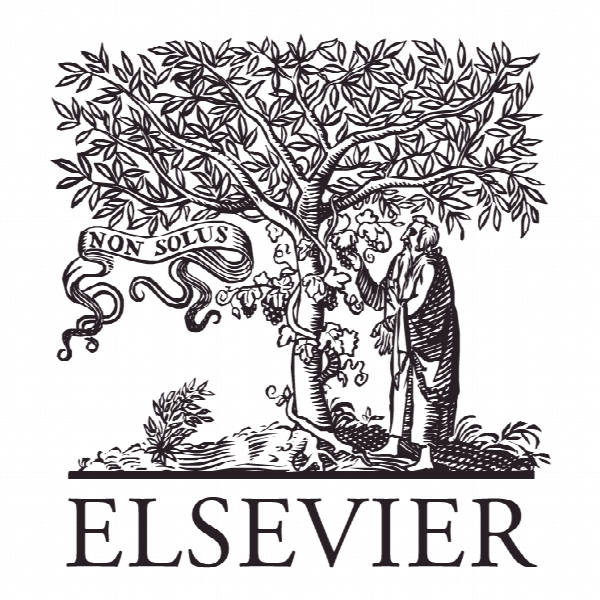مطالعه تجربی از شکاف عملکرد انتظارات حسابرسی: لیبی An empirical study of audit expectation-performance gap: The case of Libya
- نوع فایل : کتاب
- زبان : انگلیسی
- ناشر : Elsevier
- چاپ و سال / کشور: 2018
توضیحات
رشته های مرتبط حسابداری
گرایش های مرتبط حسابرسی
مجله تحقیق در تجارت بین الملل و مالی – Research in International Business and Finance
دانشگاه Department of Accounting – Aqaba University of Technology – Jordan
منتشر شده در نشریه الزویر
کلمات کلیدی انگلیسی Audit Expectation-performance gap, auditors, auditees, audit beneficiaries, Libya
گرایش های مرتبط حسابرسی
مجله تحقیق در تجارت بین الملل و مالی – Research in International Business and Finance
دانشگاه Department of Accounting – Aqaba University of Technology – Jordan
منتشر شده در نشریه الزویر
کلمات کلیدی انگلیسی Audit Expectation-performance gap, auditors, auditees, audit beneficiaries, Libya
Description
1. Introduction The role of auditors in the financial statement has been and continues to be an important issue for the auditing profession. Historically, Humphrey et al. (1992) argue that some hints of “audit expectation gap” (AEG) can be found on the back in the 19th century with the introduction of companies auditing, which appeared to exist for more than 100 years. Meanwhile, the roles of auditors are directly related to the function of management’s supervision, with the curatorship being regarded in the narrow sense of honesty and integrity (Flint, 1988). However, in early 1970s, Liggio was first used the word of ‘AEG’ in the literature, and continues to be debated on until today (Liggio, 1974; Lee et al., 2010). Liggio (1974, p.2) define it as the difference between the levels of expected performance “as envisioned by the independent accountant and by the user of financial statements”. In turn, Ruhnke and Schmidt (2014, p.573) define the expectation gap as “when auditors’ performance fails to meet the public’s expectations, an expectation gap occurs”. In reviewing study investigation the AEG and the development of the standard auditor’s report (Porter et al., 2009), it was noted that the AEG is not new, nor is limited geographically. Additionally, it has been 2 reported that the main reason for the gap derived from a failure by the profession, which ceased to keep pace with the changing situations in business, and in this view the onus lies with the auditing process and not with the users (The Cohen Commission AICPA (1978). However, this then resulted in concerns being raised about the auditor’s report becoming long, complex and less understandable. Porter (1991), states that the gap exists due to a deficiency in an auditor’s performance and auditing standards. However, most recently an empirical study conducted by Humphrey (1997), classified issues about the AEG in four key areas: audit reports and ensuring audit, audit independence and audit regulation. To solve the problem, due attention has been paid to the issue of the expectation gap by both the auditing professional societies and researchers all over the world. Numerous empirical studies in advanced countries conducted on the issue of the AEG including the USA (AICPA, 1978; Schelluch, 1996; Frank et al., 2001; Almer and Brody, 2002), the UK (Holt and Moizer, 1990; Hatherly et al., 1991; Humphrey, 1991; ICAI, 1992; Sikka et al., 1992; Innes et al., 1997), Australia (Gay and Schelluch, 1993; Schelluch and Gay, 2006), Canada (CICA, 1978), Germany (Ruhnke and Schmidt, 2014), and New Zealand (Porter and Gowthorpe, 2004). Most have focused on establishing whether an AEG exists in the country where they study was conducted and identifying some of its contributing factors.


